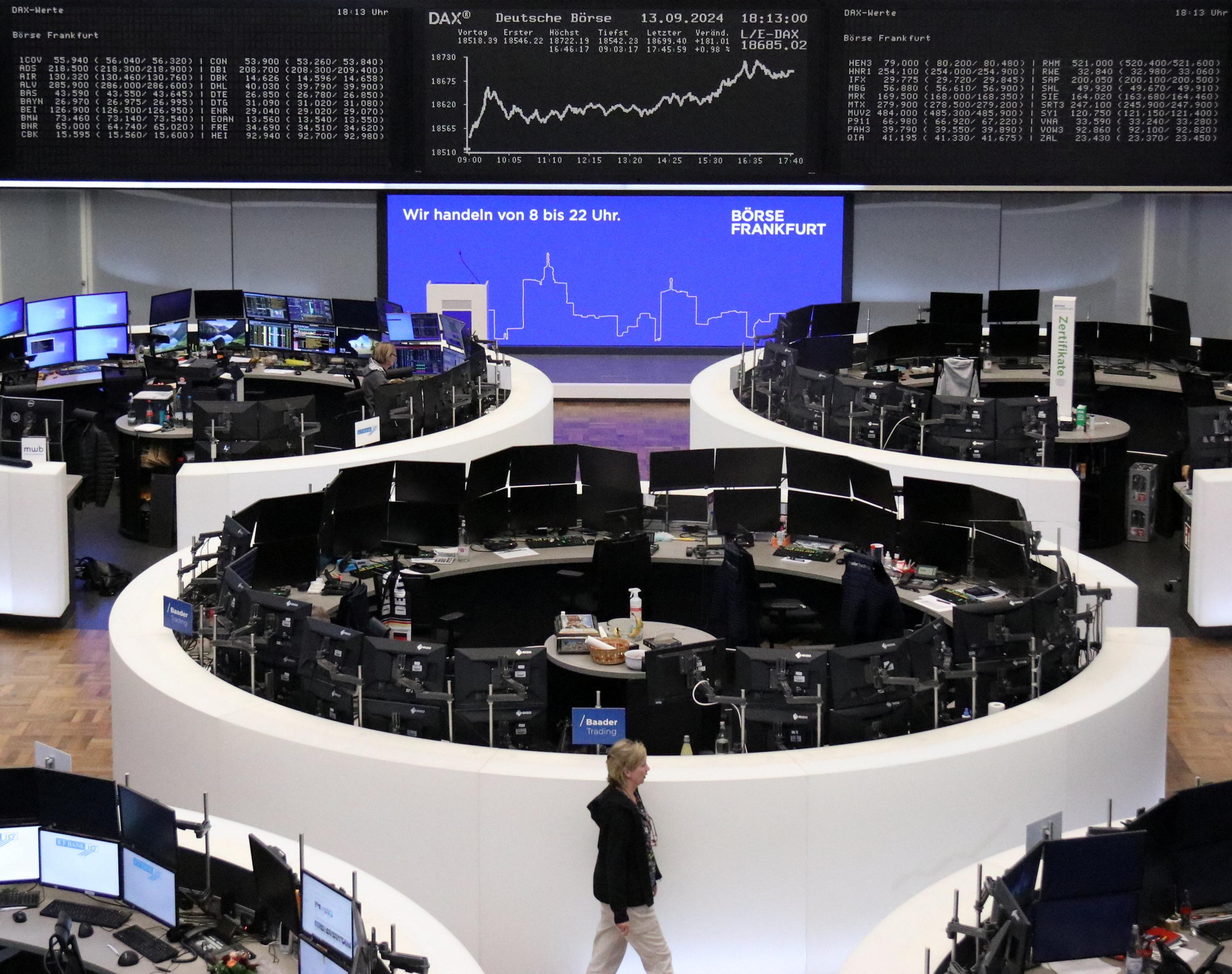
2024-09-17 10:43
SINGAPORE, Sept 17 (Reuters) - Asia's ultra low-sulphur gasoil refining margins collapsed to the lowest in nearly three years, pricing data from LSEG showed on Tuesday, as excess supply and persistently soft derivative markets depressed prices. The margin for 10-ppm gasoil, a fuel used in transportation and industries, slipped to slightly below $11 a barrel, down from $11.50 a day earlier, the data showed. This is the lowest since Dec. 1, 2021, according to LSEG data. The decline was further exacerbated by the strength in crude prices, in comparison to gasoil - given that derivative prices have been holding steady the past two trading sessions, one Singapore-based trade source said, adding that there is still "more supply than demand" in the market now. Derivative markets barely moved from the previous trading session, with paper swap prices for October and November just 20 cents a barrel higher day on day, LSEG data showed. Cracks last fell to an 18-month low in end-August, Reuters records showed. Supplies are still considered sufficient for now, despite the upcoming maintenance season, given that swing suppliers such as India can still pivot their cargoes east for September, a second Singapore-based trade source said. Around 2 million barrels of India-origin diesel/gasoil is still expected to flow into Asia for September, shiptracking data from LSEG and Kpler showed, though trade flows to Europe will also rise to a five-month high in the same month. However, some analysts are expecting the refining margins to rebound soon given that market fundamentals should soon improve from lower refinery production due to maintenance and run cuts - though they are cautious about the market's upside. "We believe Singapore gasoil cracks are oversold...the market is undervaluing the stockdraws that will take place in September and throughout October," said FGE analysts in a client note dated Sept. 13. The net short positions in the ICE derivative markets are mainly driving the market weakness, FGE analysts said in a separate note dated Sept. 16, adding that these positions are at their largest in the past 13 years. "The stock situation (in OECD countres) this year is not nearly as bearish as in 2016, both in terms of supply/demand balance and outright inventory level," they added. Sign up here. https://www.reuters.com/business/energy/asia-ultra-low-sulphur-gasoil-refining-margins-sink-near-three-year-low-lseg-2024-09-17/

2024-09-17 10:13
Sept 17 (Reuters) - A look at the day ahead in U.S. and global markets from Mike Dolan With Federal Reserve easing within touching distance, U.S. stocks are not hanging about, underlining an uncomfortable aspect of the central bank's decision this week. Amid a fresh rotation of sectors from megacaps (.NDX) , opens new tab to small fry (.RUT) , opens new tab, the equal-weighted S&P500 (.EWGSPC) , opens new tab, which adjusts the main index (.SPX) , opens new tab to strip away the overwhelming influence of a handful of outsize stocks, hit a record high on Monday. That index is now up more than 11% for the year and almost 20% over the past 12 months, showing market ebullience is no longer the exclusive preserve of the "Magnificent Seven" of Big Tech leaders or the artificial intelligence theme alone. But as the Fed starts its two-day meeting on Tuesday and ponders the size of its first interest rate cut of this cycle, the broad loosening of financial conditions caused by this sort of market optimism could play a part in keeping it cautious. The Chicago Fed's broad financial conditions index, for example, is now at its loosest since November 2021. Might the Fed just think the market is doing its easing for it and stick to a modest 25 basis point cut for good measure? The "25 or 50" debate remains the only focus for Wednesday's set piece announcement and the advance speculation will clearly shape how markets themselves will react to the Fed's delivery. Right now, Fed futures are leaning toward a 50 bp move, with some 42 bps priced early on Tuesday and 120 bps of easing seen over the remainder of 2024. Morgan Stanley's strategists, for example, think much of the reaction to the eventual outcome will hinge on what the Fed's latest "dot plot" of future policy rate projections indicates. If the Fed cuts just a quarter and there are no individual policymaker projections for more than 75 bps by yearend, they say, that could be bullish for risk assets by showing a consensus sees the economy doesn't need any more than that. Another bullish scenario, according to the investment bank, is a 50 bp cut with some dots seeing less that 75 bps of 2024 cuts - a sign the Fed is not sure the economy needs as much as 50 bp but is going to get it anyway. Flip all of those for more negative scenarios. And it appears the 50 bp cut is not off the table, whatever the level of dissent there may be within the committee. Former New York Fed boss Bill Dudley has over the past week called for a 50 bp move to get ahead of the cooling labor market. And White House adviser and former Fed Vice Chair Lael Brainard also underlined that on Monday by saying "it is important to safeguard the important labor market progress we have made." Markets retained their buoyancy on Tuesday as the Fed is due to get its last economic healthcheck before making its call, with August retail sales and industrial production numbers out later. The S&P500 benchmark within a whisker of record highs is matched by two-year Treasury yields hovering around two-year lows of 3.55% - more than 180 bps below the current Fed policy rate. The two-to-10 year yield curve has stayed marginally positive to the tune of about 6 bps. The VIX (.VIX) , opens new tab stock volatility gauge was subdued at 17 just below long-term medians. And the dollar index (.DXY) , opens new tab weakened again and is just a hair's breadth from the year's low. With Japan's markets open again on Tuesday, dollar/yen tried to get a foothold back above 140, but the yen's latest surge this week to its best in 15 months has unnerved the Nikkei stock index (.N225) , opens new tab. The index lost more than 1% on reopening. European bourses (.STOXXE) , opens new tab, (.FTSE) , opens new tab were firmer as central bank easing across the continent is already underway and expected to continue. LAGGING TECH Elsewhere, the action was in Big Tech, which underperformed markedly on Monday. Apple (AAPL.O) , opens new tab dropped almost 3% after an analyst at TF International Securities said demand for its latest iPhone 16 models was lower than expected, pointing to shorter delivery times. It held steady overnight, however, and S&P500 stock futures were up smartly ahead of the bell too. There was better news for Intel (INTC.O) , opens new tab, which jumped 6% on Monday after news it qualified for as much as $3.5 billion in federal grants to make semiconductors for the U.S. Department of Defense. It then extended those gains after the bell as its contract manufacturing business signed up Amazon's (AMZN.O) , opens new tab cloud services unit as a customer for making custom artificial intelligence chips. Microsoft (MSFT.O) , opens new tab, meantime, said its board has approved a new share buy back program of up to $60 billion and a 10% increase in its dividend. Key developments that should provide more direction to U.S. markets later on Tuesday: * US August retail sales, industrial production, September NAHB housing sector index, July business/retail inventories; Canada August CPI inflation * Federal Reserve's Federal Open Market Committee starts two-day policy meeting, decision Wednesday * US Treasury sells $13 billion of 20-year bonds Sign up here. https://www.reuters.com/markets/us/global-markets-view-usa-pix-2024-09-17/
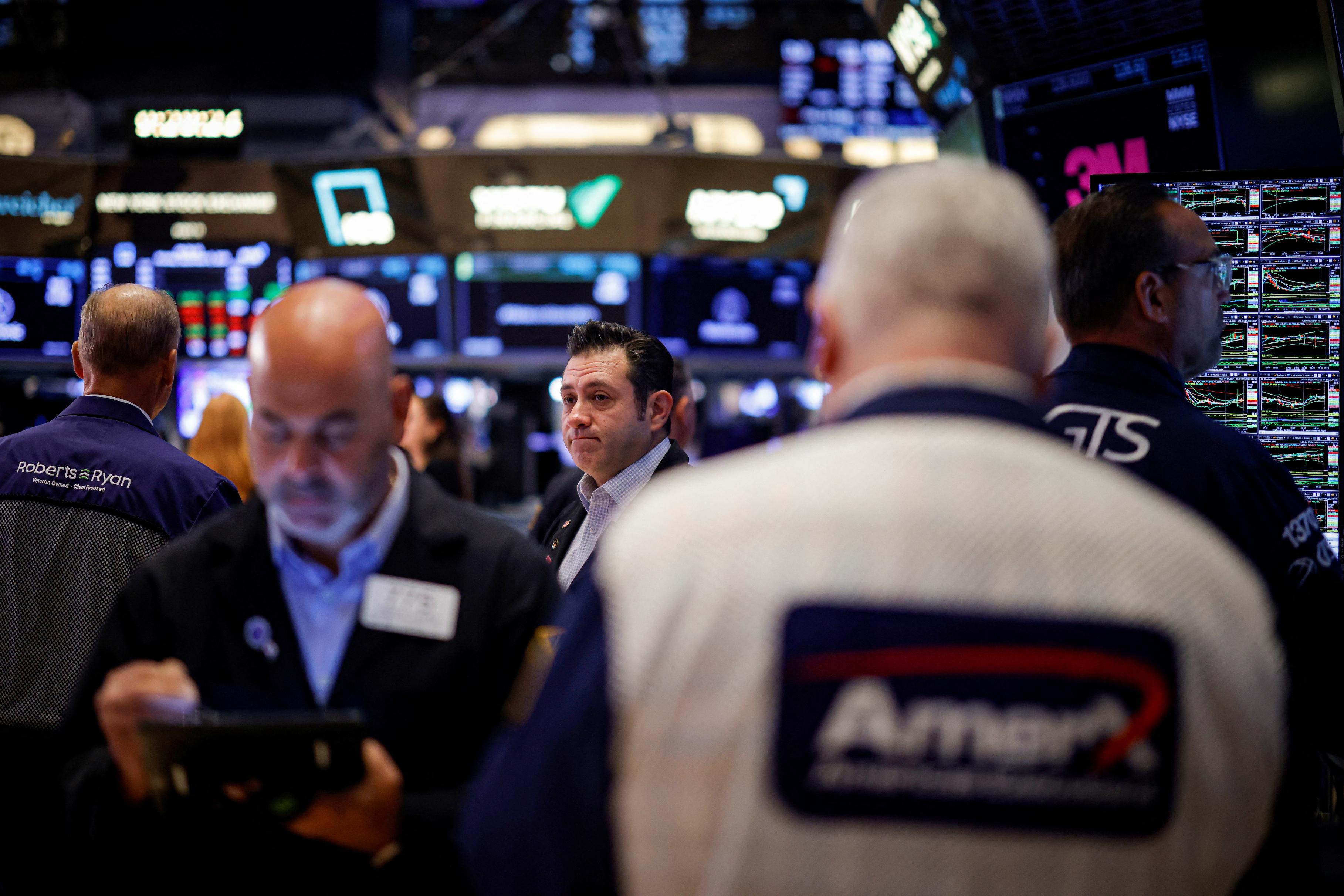
2024-09-17 10:10
LONDON, Sept 17 (Reuters) - The British pound held firm against the dollar on Tuesday, maintaining Monday's gains, as traders geared up for UK inflation data, a Bank of England meeting and an expected start to a U.S. easing cycle this week. Sterling hovered slightly in positive territory on the day at $1.3224, having risen 0.7% a day earlier. The pound is up 3.85% versus the dollar so far this year, on track for a second consecutive year of gains. "Signs of a bolder Fed easing path could cause that trend to go further, at which point the BoE would start to give more thought to exchange rate strength bearing down on the inflation outlook," analysts at Lloyds Bank wrote in a note to clients. While the Bank of England is widely anticipated to keep interest rates unchanged on Thursday, after a 25-basis-point cut last month, futures markets implied a 38% chance of a quarter point cut, up from 20% on Friday. "This week's MPC (Monetary Policy Committee) decision will be independent of what the Fed decides but over the medium term the exchange rate channel is one factor that ought to limit expectations for policy divergence," the analysts concluded. Inflation figures, set to land on Wednesday, will be closely watched after data last week showed Britain's economy stagnated unexpectedly in July. The European Central Bank cut interest rates by 25 basis points last week and signalled a "declining path" for borrowing costs in the months ahead as inflation slows and economic growth in the euro zone falters. The pound was flat against the euro at 84.235 pence. Sign up here. https://www.reuters.com/markets/currencies/sterling-holds-gains-eve-uk-inflation-data-us-rate-decision-2024-09-17/
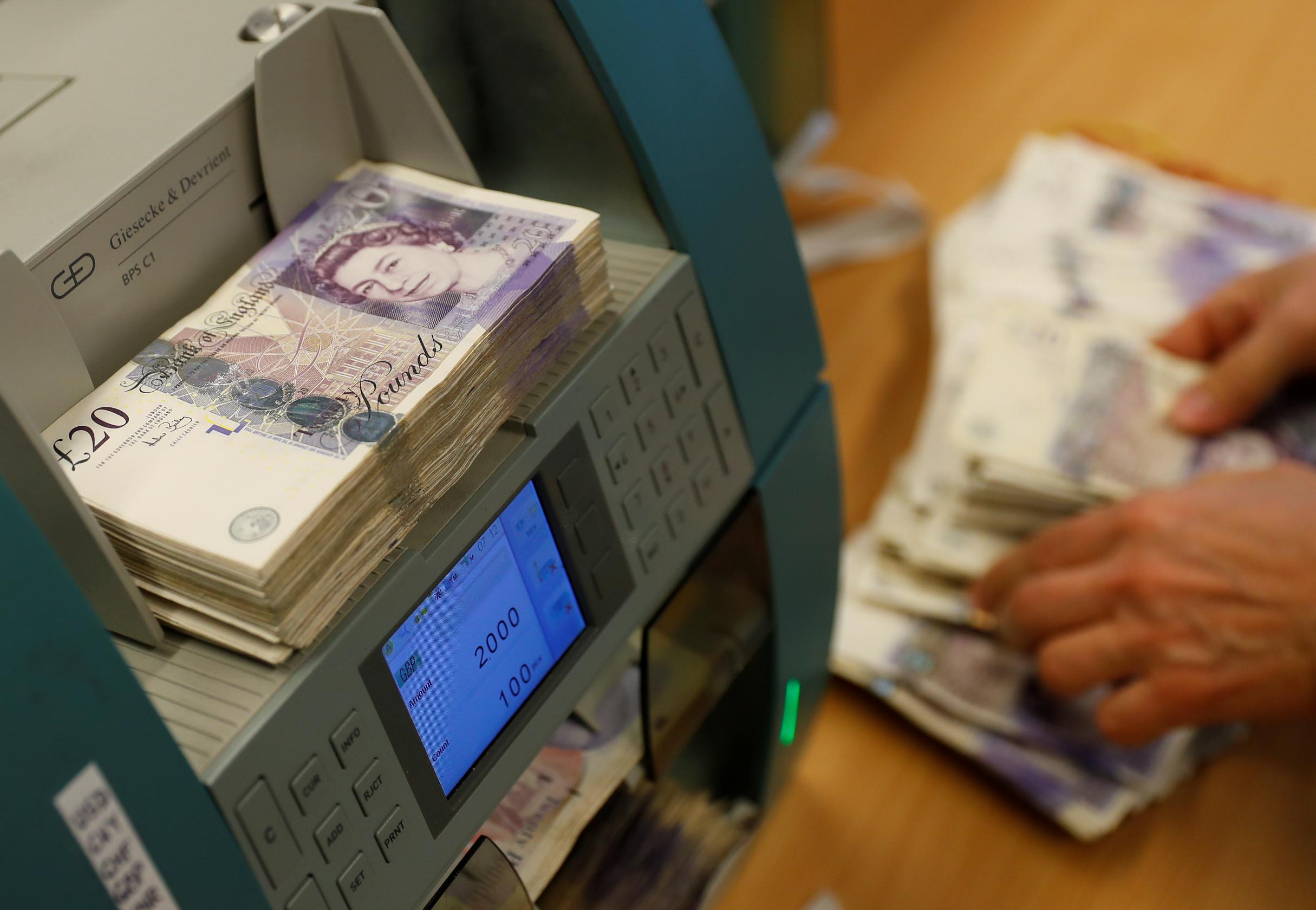
2024-09-17 10:07
MUMBAI, Sept 17 (Reuters) - The Indian rupee climbed to its highest level in over one month on Tuesday, lifted by rising expectations that the U.S. Federal Reserve will kick off policy easing with a 50 basis points rate cut this week. The rupee closed at 83.75 against the U.S. dollar, up 0.1% from its close at 83.8875 on Monday. The currency touched a peak of 83.71 during the session, its highest since August 1. Broad based interbank dollar sales helped the rupee on Friday alongside gains in its Asian peers, traders said. Reduction in long-positions on the dollar-rupee pair ahead of the Fed outcome on Wednesday also aided the local currency, a senior trader at a foreign bank said. Indian foreign exchange and debt markets will be shut on Wednesday for a local holiday. The dollar index was down slightly at 100.6 on Tuesday, hovering close to its year-to-date low, as markets raised the odds of a 50 basis point Fed rate cut to 67%, up from 34% a week earlier. There are "higher chances," of the rupee moving towards 83.60 now which would allow it to start catching up with its Asian peers after being an underperformer this quarter, Dilip Parmar, a foreign exchange research analyst at HDFC Securities said. The rupee has weakened 0.5% over the June-September quarter so far while its Asian peers have risen between 0.2% to 9.5%. Meanwhile, dollar-rupee forward premiums nudged higher with the 1-year implied yield last at 2.31%, its highest since April 2023. Investors now await U.S. retail sales data due later in the day which is expected to influence market expectations of the pace and extent of Fed rate cuts. Sign up here. https://www.reuters.com/markets/currencies/rupee-climbs-highest-over-month-with-fed-rate-cut-sight-2024-09-17/
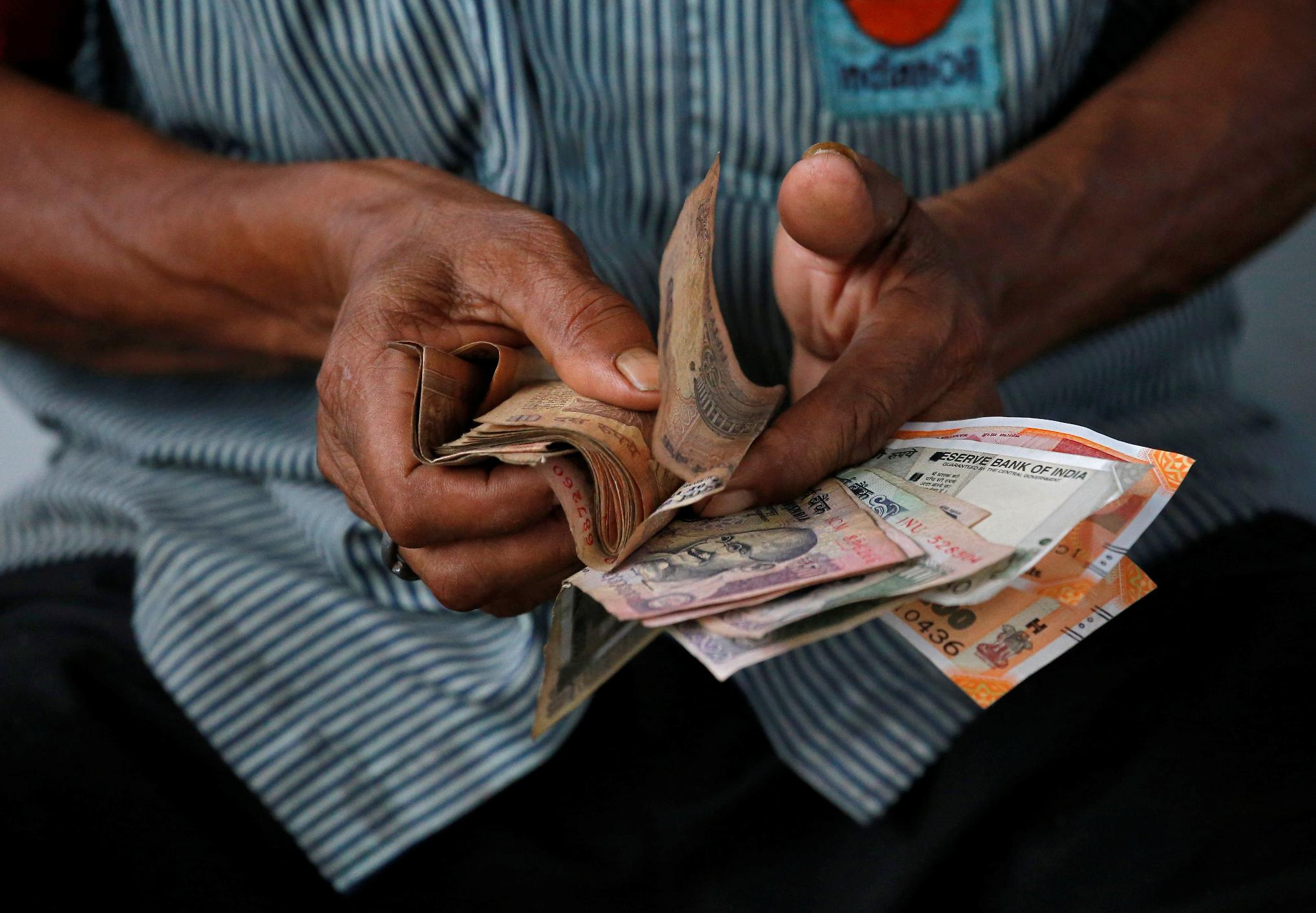
2024-09-17 10:02
U.S. rate futures price in 59% chance of Sept rate cut Risk of deep easing cycle persists Tight corporate bond spreads suggest soft-landing view Hard landers point to worsening labor market trend NEW YORK, Sept 17 (Reuters) - Bond investors are more cautious and divided over prospects for recession in the world's largest economy with the Federal Reserve poised to cut interest rates on Wednesday for the first time in more than four years. Proponents of a soft-landing scenario said recent weak U.S. data does not suggest the economy is falling off a cliff and might not even point to recession. Some hard landing believers, on the other hand, cited worrisome trends in the jobs market that could push the economy into a deep downturn and force the Fed to aggressively slash rates. It's an uneven landscape for the Fed to navigate as it embarks on its easing cycle, analysts said. At the end of its two-day policy meeting starting on Tuesday, the Fed is widely expected to reduce its benchmark overnight rate, which has been in a 5.25%-5.50% target range since last July. Predictions for the size of the reduction have swung between 50 and 25 basis points (bps) for months. On Monday, U.S. rate futures have settled on a 59% chance of a supersized 50-bps cut and a 41% probability of 25 bps, according to LSEG calculations. For 2024, the futures market is implying about 122 bps in cuts and roughly 250 bps of easing by September next year. Former New York Fed President William Dudley pushed for a 50-bp cut on Monday in an opinion piece on Bloomberg News, saying rates on the front end of the curve remain far above neutral, after last week making the case in a forum in Singapore. "There's a disconnect between the bond market and the Fed," said Byron Anderson, head of fixed income at Laffer Tengler Investments in Scottsdale, Arizona. "The market is definitely more bearish than the Fed. But somebody is going to be wrong." Investors will also focus on the Fed's quarterly economic projections, including rate expectations, referred to as the "dot plot," which signals how much easing central bankers expect. The Fed "dots" in June were consistent with cuts of about 125 bps in 2024 and 2025 in a soft landing outcome. Those "dots" could be dialed back, although portfolio managers also noted the risk of a more aggressive Fed. Noah Wise, senior portfolio manager for the Plus Fixed Income team at Allspring Global Investments, believes the Fed will be able to engineer a soft landing and expects the neutral rate to fall to no lower than 3%. "We have seen in the last couple of days that the CPI (consumer price index) and PPI (producer price index) prints were largely in line with expectations," Wise said. "The data doesn't support a 50 basis-point cut. These are not emergency economic situations." SOFT LANDING TRADES, CORPORATE BONDS Having a soft landing outlook means shortening duration in a bond portfolio, investors said, meaning sticking to the front end of the curve. Short-duration strategies tend to outperform long duration bets when rate-cutting cycles coincide with soft landings. Bond investors all year had been extending duration, or buying longer-dated assets, as they braced for Fed easing and possible recession. As the economy slows, longer-dated notes or bonds tend to outshine other assets. "It's time to reduce duration," said Laffer Tengler's Anderson, who is also in the soft-landing camp. "We're going to stay on the short end...and take advantage of three-month Treasuries that are still yielding close to 5%...and we will keep rolling short." Tight U.S. corporate credit spreads, the premia over Treasuries companies pay for debt, in both investment grade and high-yield markets also indicate a soft landing outlook for many bond investors, analysts said. The ICE BofA U.S. Investment Grade Corporate Bond Index (.MERC0A0) , opens new tab showed an option-adjusted spread of just 99 bps last Friday. At the height of the pandemic in March 2020, that spread reached 382 bps. The ICE BofA U.S. High Yield Corporate Bond Index (.MERH0A0) , opens new tab was similarly benign at 337 bps last Friday, compared to the 1,009 bps it hit early in the pandemic. Current spreads signify that there is minimal risk premium built into corporate credit valuations and are further evidence bond investors are not worried about a U.S. hard landing, Allspring's Wise pointed out. However, Chris Diaz, co-head of fixed income at Brown Advisory in Chicago, believes that while U.S. corporate bonds are "priced for perfection," it is just a small slice of the whole economy. He believes the 250 bps of rate cuts factored through 2025 are justified, citing a deteriorating labor market in which only non-cyclical jobs such as government, healthcare, and education are growing. "If the trajectory continues," Diaz said, "it's not going to be long before we're looking at monthly job losses." Diaz said a hard-landing view has been reflected in "steepener" trades that are bullish on short-dated Treasuries and bearish on the long end. In a steepener, yields on longer-dated Treasuries are higher than short-term maturities, a trade investors make when the Fed is cutting rates. The widely tracked U.S. two-year and 10-year yield curve, after being inverted for more than two years, has been steepening. It hit 10 bps on Monday , the steepest since July 2022. "There has been a significant steepening of the yield curve of late," Diaz said. "It has been helpful for outperformance (in the bond portfolio). But we're still in the early stages of that steepening so there is a lot further to run." Sign up here. https://www.reuters.com/markets/rates-bonds/bond-investors-debate-recession-risks-with-fed-easing-finally-hand-2024-09-17/
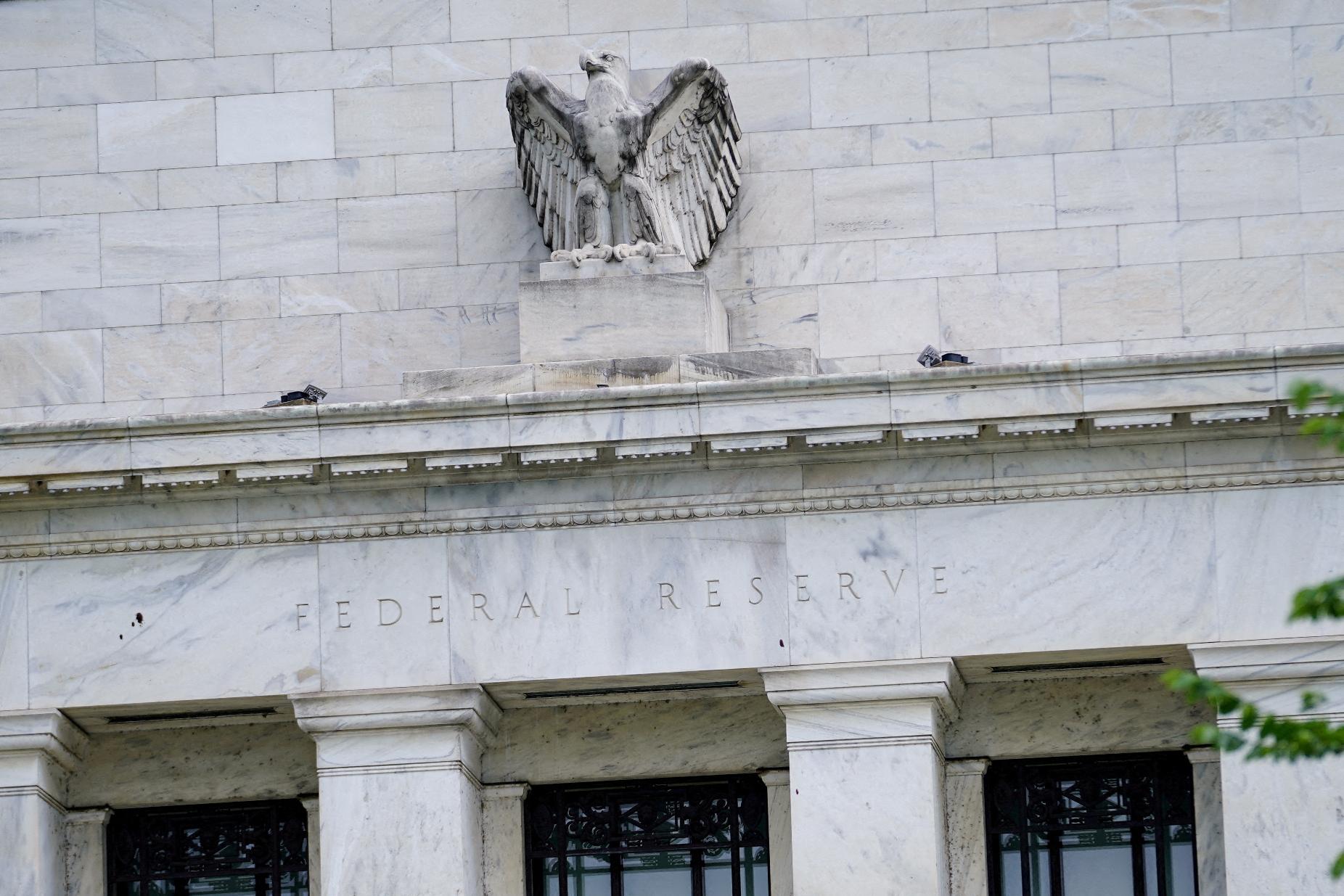
2024-09-17 08:32
Kingfisher jumps after raising bottom-end of profit forecast Barry Callebaut rises after Barclays sweetens ratings STOXX 600 up 0.5% Sept 17 (Reuters) - European stocks hit a two-week high on Tuesday, supported by financials, as markets drew closer to an expected start to the U.S. Federal Reserve's monetary easing cycle that could see policymakers deliver an outsized interest rate reduction. The continent-wide STOXX 600 index (.STOXX) , opens new tab was up 0.5% at 517.74 points, and Britain's FTSE 100 (.FTSE) , opens new tab outperformed its European peers with a 0.7% jump. All sectors were trading higher, led by a nearly 1% gain in basic resources (.SXPP) , opens new tab, as greenback-priced copper edged higher due to a softer dollar and expectations of a U.S. rate cut. Banks (.SX7P) , opens new tab and travel shares (.SXTP) , opens new tab also boosted the markets, rising 0.8% each. Investors will be squarely focused on Fed's decision on Wednesday, with markets now pricing in a 67% chance that the U.S. central bank could ease rates by 50 basis points. "I think there is some volatility and nervousness in the market about the growth environment, maybe about politics. But overall indeed about the central banks decisions," said Yvan Mamalet, senior economic strategist at SG Kleinwort Hambros. "I don't think it's only the Fed. I think the Bank of Japan decision at the end of the week - the communication is also leading to the uncertainty and maybe to the nervousness as well." Markets will closely monitor German sentiment survey at 0900 GMT that is expected to show a slight deterioration in September, and U.S. retail sales, due at 1230 GMT, are forecast to have contracted in August on a monthly basis. European Central Bank's supervisor Claudia Buch and board members Elizabeth McCaul and Frank Elderson will be speaking later in the day. Among stocks, Kingfisher (KGF.L) , opens new tab was the top gainer, rising 7.1% after the European home improvement retailer raised the bottom-end of its profit outlook for the full year. Shares of Barry Callebaut (BARN.S) , opens new tab climbed 7% after Barclays raised the stock's rating to "overweight" from "underweight". Sweden's Thule Group (THULE.ST) , opens new tab slipped 6.7% to the bottom of STOXX 600 as its second-quarter revenue fell and its debt rose. Playtech (PTEC.L) , opens new tab slid 2.3% after the British gambling technology firm agreed to sell its Italian unit Snaitech for 2.3 billion euros ($2.56 billion), including debt, to the world's largest betting company Flutter Entertainment (FLTRF.L) , opens new tab. Shares of Flutter were up 0.8%. Sign up here. https://www.reuters.com/markets/europe/european-shares-advance-lead-up-fed-rate-decision-2024-09-17/
